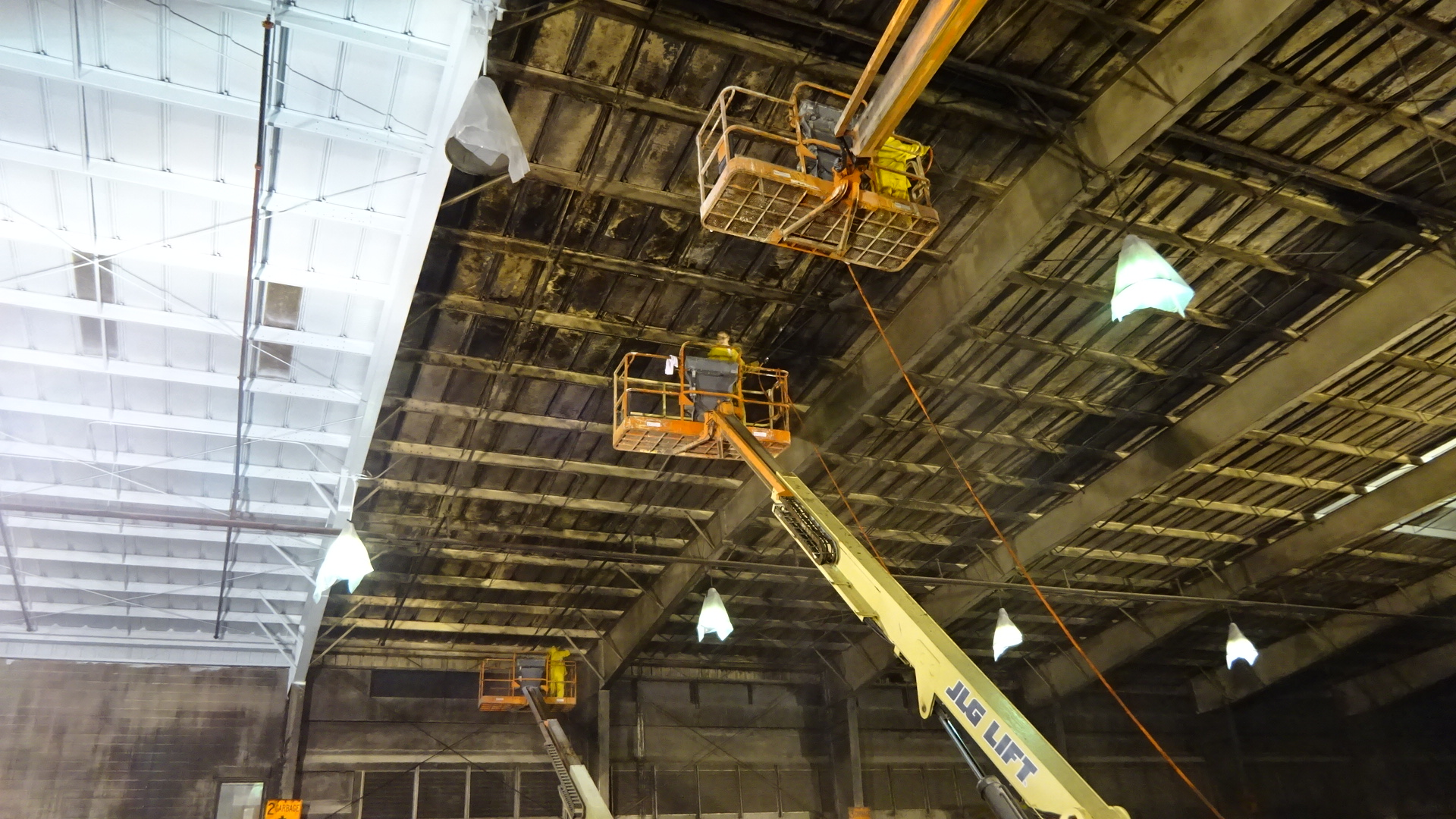Protecting Your Building: How Improper Irrigation Can Cause Costly Damage
Irrigation systems are crucial for properly maintaining the landscaping around buildings, but when these are improperly managed, they can cause numerous problems and significant damage to the buildings enclosure. Improper irrigation systems that soak the enclosures exterior walls and foundation can become a costly issue to repair.
After 38 years of inspecting the condition of thousands of commercial and government buildings, I can confidently tell you that most irrigation systems are too close to the buildings envelope. During my thorough investigations around various enclosures, I started to only take note of when the irrigation was not soaking the exterior since it’s extremely less common than not. Common issues encountered with improper irrigation systems include water damage, microbial growth, wood rot & decay, and an increase of pests. If the problem is left unchecked and not fixed, these issues can lead to widespread damage and become very costly to correct.
Water damage caused by improper irrigation often becomes deceptive, gradually compromising the structural integrity of the enclosure. Microbial growth, such as mildew and mold, thrives in damp environments and can pose serious health risks to occupants. Additionally, wood that is decayed and rotten not only weakens the structural integrity of the enclosure, but it also greatly increases the possibility of termites and other pests that further deteriorate the building’s materials.
We often recommend our clients to keep irrigation at least 3 feet from the enclosure to ensure that water makes no contact with the building. Additionally, we urge our clients to keep foliage and shrubbery properly trimmed and maintained to facilitate proper drying. Keeping the enclosure as dry as possible is critical to maintaining the sustainability of a building as improper irrigation will decrease the lifespan of protective coatings and waterproofing. Foliage touching the enclosure allows for water to soak the below-grade foundation and will eventually lead to costly repairs from water damage.
It is important to understand that water seeping into the foundation can lead to cracks and structural shifting. Over time, this can lead to significant foundational issues that are likely to become expensive to rectify. Additionally, damp conditions in close proximity to an enclosure in warm climates can lead to soil erosion and settlement issues, where waterlogged soil loses its stability, causing the foundation to settle and shift unevenly. This can further compromise the delicate structural integrity of the foundation and surrounding structures.
Some of the relatively simple corrections to your irrigation system that we recommend include relocating sprinkler heads a minimum of 3 feet from the building, consider switching heads to soaker lines to prevent puddling, and consider the use of either 45-degree deflectors or 90-degree deflectors around sprinkler heads to keep the water on the landscaping. Using a combination of these recommendations, or even just one recommendation, your building’s possibility of being diagnosed with water damage dramatically decreases with the proper caulking and waterproofing in place.
Another often overlooked aspect that is extremely important is the grading around your building. Making sure that the ground slopes away from the foundation can help direct water away from the structure, further preventing water from pooling near the enclosure. Combining effective grading with proper irrigation practices can provide comprehensive protection against water damage.
If your enclosure is suffering from water damage, it would be beneficial to implement these fundamental strategies. Implementing these strategies can safeguard your enclosure from the devastating effects of improper irrigation, therefore extending the lifespan and maintaining its structural integrity.

